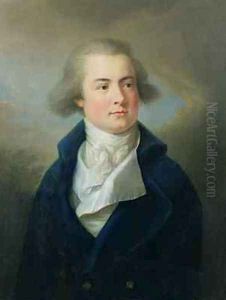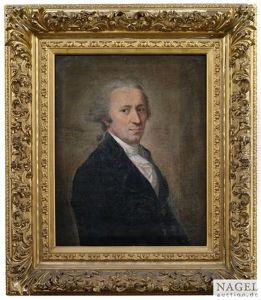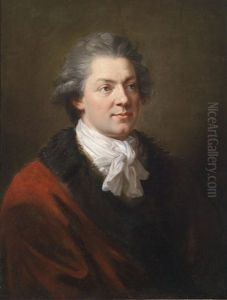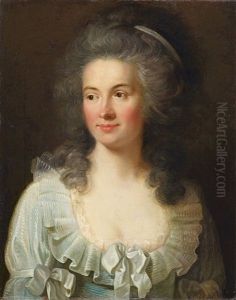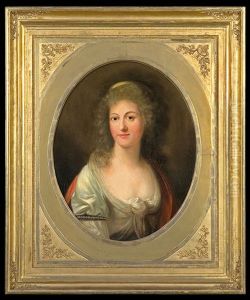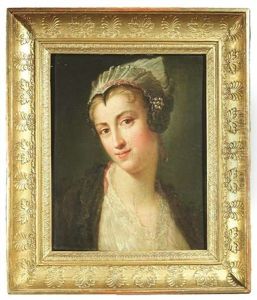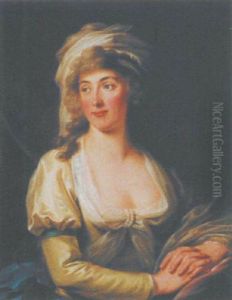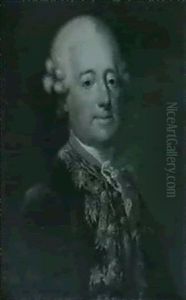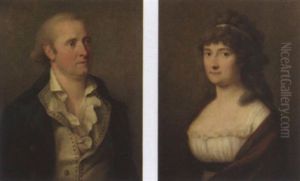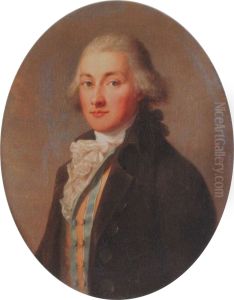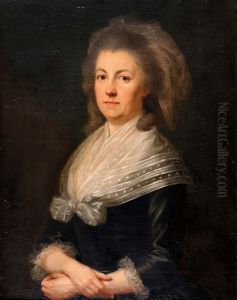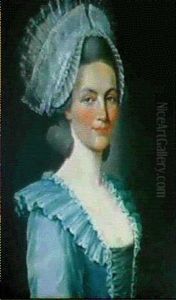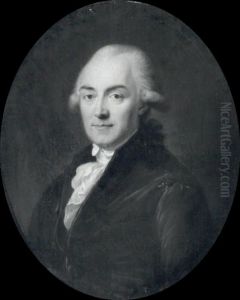August Friedrich Oelenhainz Paintings
August Friedrich Oelenhainz was a German painter and engraver born in 1745 in Nuremberg, a city with a rich tradition in the arts and crafts during the Holy Roman Empire. His artistic journey is a reflection of the vibrant cultural and intellectual milieu of his time, particularly the Enlightenment period, which emphasized reason, individualism, and a skepticism of traditional institutions. Oelenhainz's work is often characterized by its detailed realism and emotional depth, qualities that made him a sought-after portraitist among the European elite.
Oelenhainz received his early education in Nuremberg, a city known for its artistic and craft traditions, and he later furthered his studies possibly under the tutelage of established artists of the era, though specific mentors are not well-documented. His style was influenced by the prevailing Baroque and Rococo tastes but also showed an early inclination towards the emerging Neoclassicism, reflecting the shift in European art towards more classical and rational ideals. Oelenhainz's talent in capturing the likeness and personality of his subjects with meticulous detail and sensitivity earned him commissions from nobility and prominent figures across Europe.
Throughout his career, Oelenhainz navigated the complexities of the art world with a degree of success that allowed him to work in various German states and possibly other parts of Europe. His portraits are particularly noted for their psychological depth and the ability to capture the inner life of his sitters, a skill that aligned with the Enlightenment's focus on the individual. Despite his skill and the quality of his work, Oelenhainz is not as well-remembered as some of his contemporaries, a fact that may be attributed to the changing tastes of the art market and the political upheavals of the late 18th and early 19th centuries.
August Friedrich Oelenhainz passed away in 1804, leaving behind a body of work that, though not extensive, is significant for its contribution to the portrait genre of the period. His paintings offer a window into the aesthetics and societal values of his time, embodying the transition between the ornate sensibilities of the Rococo and the more restrained elegance of Neoclassicism. Today, Oelenhainz's work is preserved in various museums and collections, where it continues to be studied and appreciated for its artistic and historical value.
